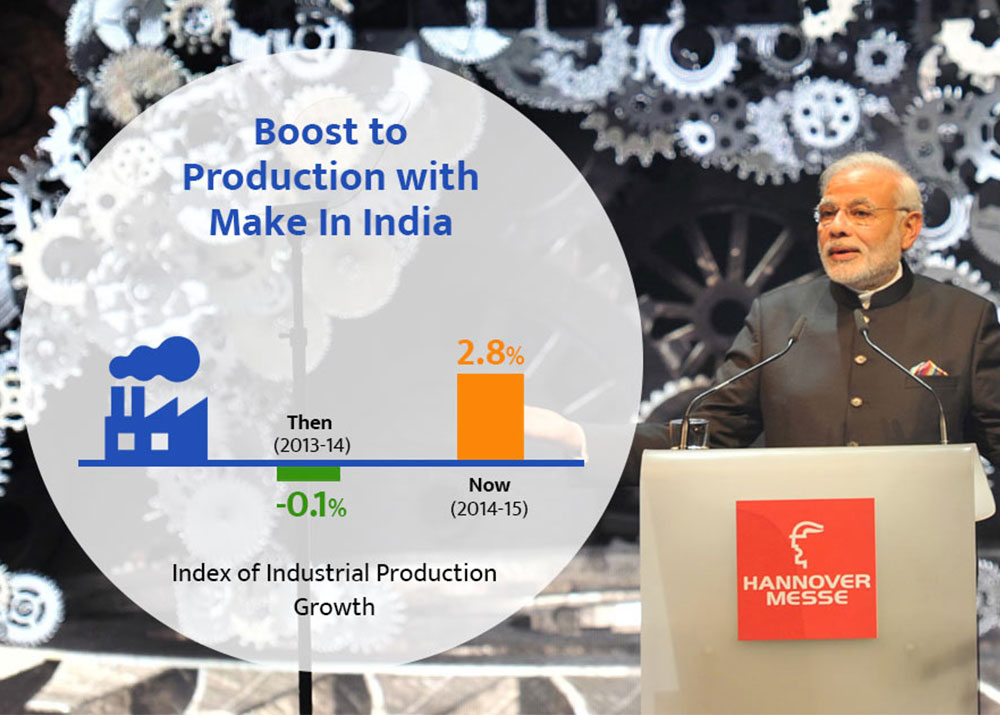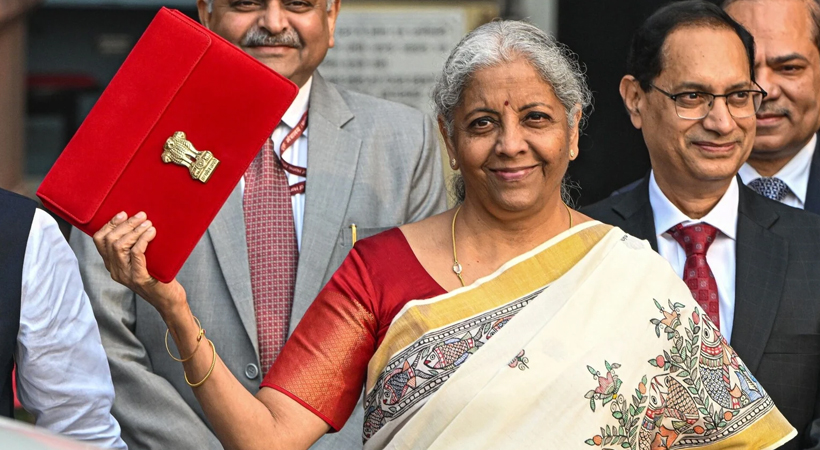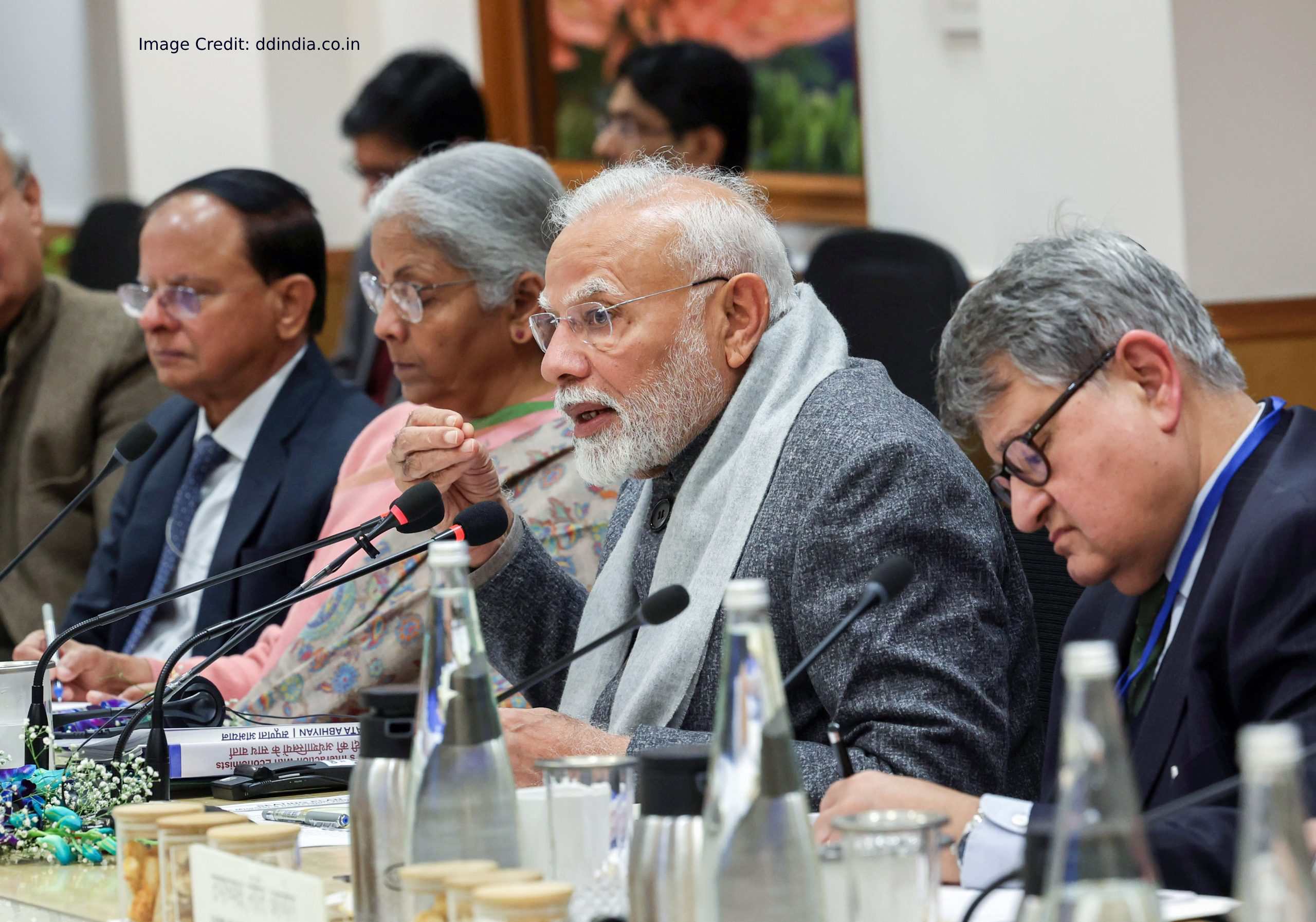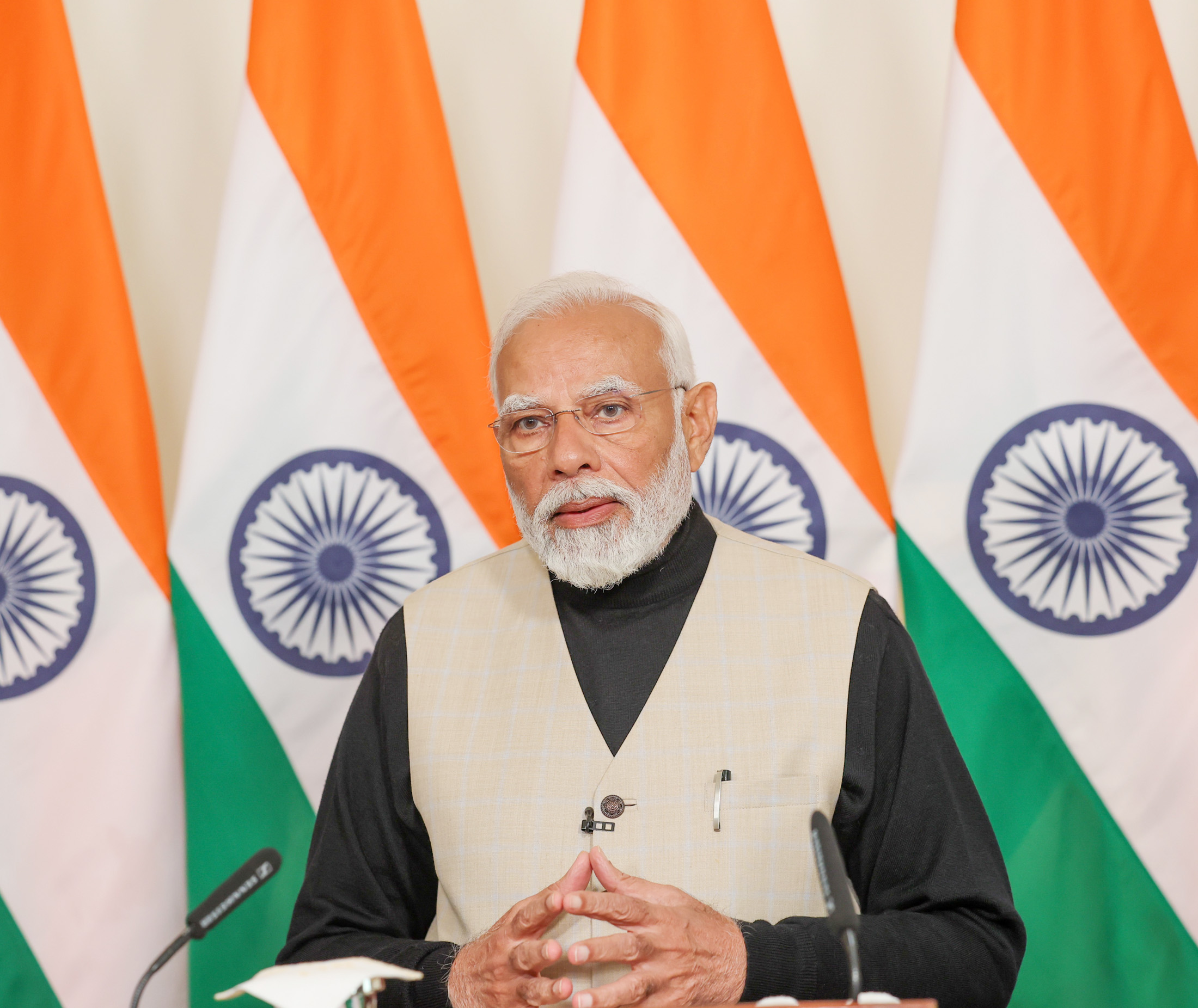
“India has experienced a prolonged period of strong economic growth, Millions have been lifted out of poverty. With a population of 1.4 billion and about 7 percent of the world economic output (in purchasing power parity terms), India is the third largest economy—after the US and China”
WORLD ECONOMIC REPORT 2023: The baseline forecast is for growth to fall from 3.4 percent in 2022 to 2.8 percent in 2023, before settling at 3.0 percent in 2024. Advanced economies are expected to see an especially pronounced growth slowdown, from 2.7 percent in 2022 to 1.3 percent in 2023. In a plausible alternative scenario with further financial sector stress, global growth declines to about 2.5 percent in 2023 with advanced economy growth falling below 1 percent. Global headline inflation in the baseline is set to fall from 8.7 percent in 2022 to 7.0 percent in 2023 on the back of lower commodity prices but underlying (core) inflation is likely to decline more slowly. Inflation’s return to target is unlikely before 2025 in most cases.

Global Trends
The January 2023 World Economic Outlook Update projects that global growth will fall to 2.9 percent in 2023 but rise to 3.1 percent in 2024. The 2023 forecast is 0.2 percentage point higher than predicted in the October 2022 World Economic Outlook but below the historical average of 3.8 percent. Rising interest rates and the war in Ukraine continue to weigh on economic activity. China’s recent reopening has paved the way for a faster-than-expected recovery. Global inflation is expected to fall to 6.6 percent in 2023 and 4.3 percent in 2024, still above pre-pandemic levels.
THE BHARAT PATTERN
The Report reflects on India’s success in leveraging digitalization to foster financial inclusion and highlights how the financial system can help to address climate issues.
“India has experienced a prolonged period of strong economic growth since it embarked on major structural reforms and economic liberalization in 1991, with real GDP growth averaging about 6.6 percent during 1991–2019. Millions have been lifted out of poverty. With a population of 1.4 billion and about 7 percent of the world economic output (in purchasing power parity terms), India is the third largest economy—after the US and China. As such, developments in India have significant global and regional implications, including via spillovers through international trade and global supply chains. At the same time, India’s economic development has not been linear and has been impacted by external and domestic shocks, some directly related to the financial sector. Indeed, India was not spared from external regional and global shocks, such as the Asian financial crisis (1997), the global financial crisis (2008), and more recently, the devastating impact of the COVID-19 pandemic (from 2020) and the war in Ukraine (2022). The economy has also been hit by domestic shocks. The book covers how to strengthen the financial system to support growth and reduce vulnerabilities by discussing the linkages between the financial sector and growth, improvements in bank lending to foster productivity, and measures to further develop India’s corporate bond market. The book reflects on India’s success in leveraging digitalization to foster financial inclusion and highlights how the financial system can help to address climate issues. This book digs deeper into the various facets of India’s financial sector to understand its strengths and opportunities and to elicit policy actions that could help the financial sector better support India’s growth potential.

“India’s message of ‘one earth, one family, one future’ resonated strongly with all delegates at the G20 Summit, Gita Gopinath, the First Deputy Managing Director of the International Monetary Fund said.In his Reply PM Modi said: It is an honor to host the G20 summit. Our efforts are a testament to the collective spirit of unity and progress”.
GROWTH PROJECTIONS
Further, the IMF now expects India to grow 6.1% in 2023 and 6.3% in 2024. China forecasts remain unchanged at 5.2% this year and 4.5% next year. Japan is seen growing 1.4% this year and 1% next year.
Momentum
The IMF on July 25 projected a growth rate of 6.1% for India in 2023, which is a 0.2 percentage point upward revision compared with the April projection. It was attributed to the “momentum” from stronger-than-expected growth in the fourth quarter of 2022 as a result of stronger domestic investment, the International Monetary Fund (IMF) said. India’s performance is widely appreciated by annalists across the world on the strength of Country’s leadership, political wisdom , positive global reach and sound economic management.
Global Inflation
“Global headline inflation is expected to fall from 8.7% in 2022 to 6.8% in 2023 and 5.2% in 2024, it said. Underlying (core) inflation is projected to decline more gradually, and forecasts for inflation in 2024 have been revised upward, the Report said.




